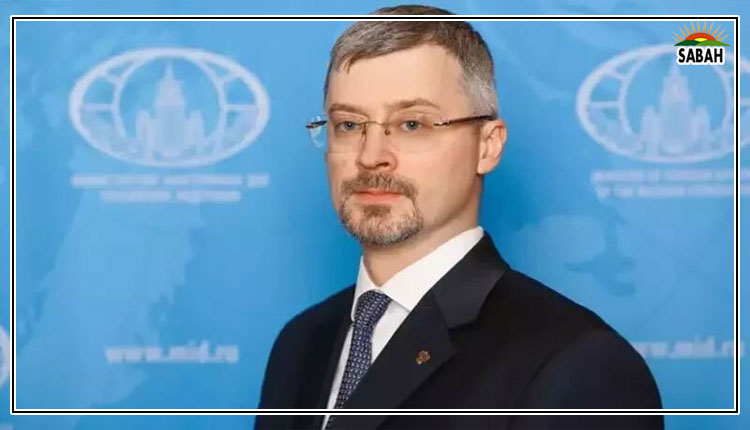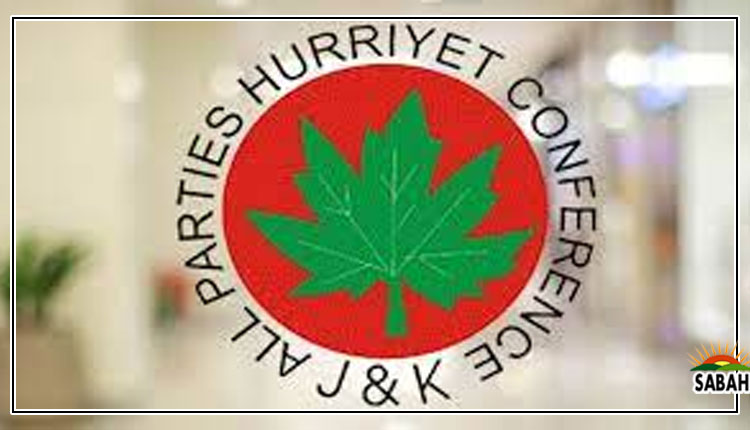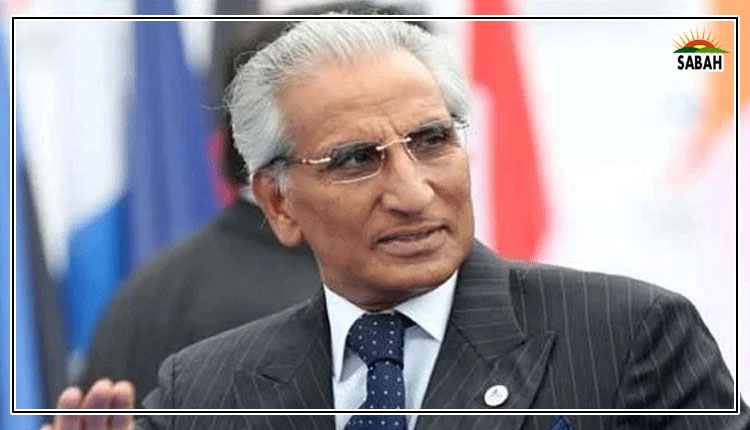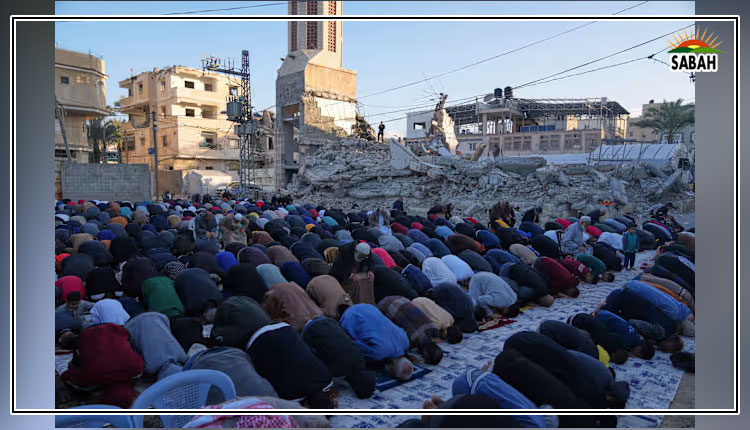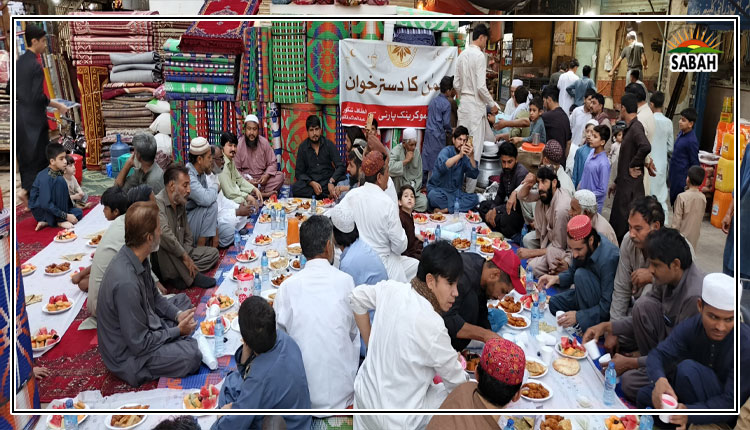The two facets of injustice…Ali Hassan Bangwar
Injustice is a pervasive issue that has plagued most societies throughout human history. Except for the earliest social organisations of foraging bands, which were relatively small, need-based, fair and egalitarian, the ones that followed evolved into increasingly complex, ranked and stratified structural and functionalist forms. However, despite identical individual needs and almost similar inherent potential, what is it that has caused social stratification?
The differences in socioeconomic status are hardly a natural phenomenon: these are, in fact, the manifestation of a planned intervention and social construction. They mainly result from the manipulation of social roles, forceful encroachment on resources, and the subsequent differential access to rights, resources and influence. These wrongdoings accord social architects a privileged position in social strata and encourage them to manage societal affairs through more injustice. However, the powerful alone hardly inflict so much harm unless the forces aimed at resisting the injustice chose to show indifference to it or abet it.
This way, injustice manifests itself in two interconnected ways: the injustice of infliction and that of indifference. The injustice of infliction is caused by the institutions, people and groups that deliberately indulge in wrongful acts toward their fellows in society. It consists of a wide range of systematically planted unjust and wrongful acts including, but not limited to, aggression, exploitation, discrimination and physical violence.
These acts ultimately cause public misery and infringe on their inherent rights, sanctity and dignity. Moreover, the unjust acts reinforce socioeconomic divisions, perpetuate poverty, develop systematic inequality and obstruct the roads to social inclusion. These acts often stem from the exploitation of legitimate authority, misuse of power and deliberate use of brute force. The other mode of injustice in a society is that of inaction and indifference. It arises when national institutions and authorised individuals or groups witnessing wrongdoings choose not to intervene in favour of the aggrieved. This failure encourages the forces of tyranny and allows them to perpetuate unjust acts without any fear of resistance or retribution. This facet of injustice stems from apathy, self-vested interest and the deliberate failure to fulfil the legal, moral and constitutional responsibility of guarding the rights of the masses.
Now, the question: who among the two holds the most liability for the acts of social injustice those who inflict harm or those who choose not to intervene? My answer is: the latter. Because unlike the former who passionately inflict injustice despite being wrong, the latter refrain from fulfilling their rightful job of resistance. Their inaction acts as implied consent and adds to the confidence of the tyrant. The aggressors, no matter how powerful, would hardly sustain injustice if faced with stiff resistance. Furthermore, it creates more tyrants. Therefore, apathy in the face of aggression by institutions, individuals and the general public does more harm than the aggressors alone could. Worst, however, is the opportunistic collusion between the aggressors and authorised individuals and entities.
The evil nexus between the two adds to the legitimacy of injustice and leaves little prospect of resistance. One might ask what brings the empowered in connivance with the tyrants. The answer is no-brainy: self-vested interests. Two groups mutually share the acts and benefits of injustice. With time, the unchallenged acts of injustice become codified, institutionalised, legalised, and make every member of society suffer injustice in silence and with patience. Is there a way forward? Enlightening the public, dispelling their fears and discrediting the forces of evil would help create prospects of social salvation sooner than later. Who shoulders the responsibility of public enlightenment? Everyone of us
Courtesy Express Tribune




